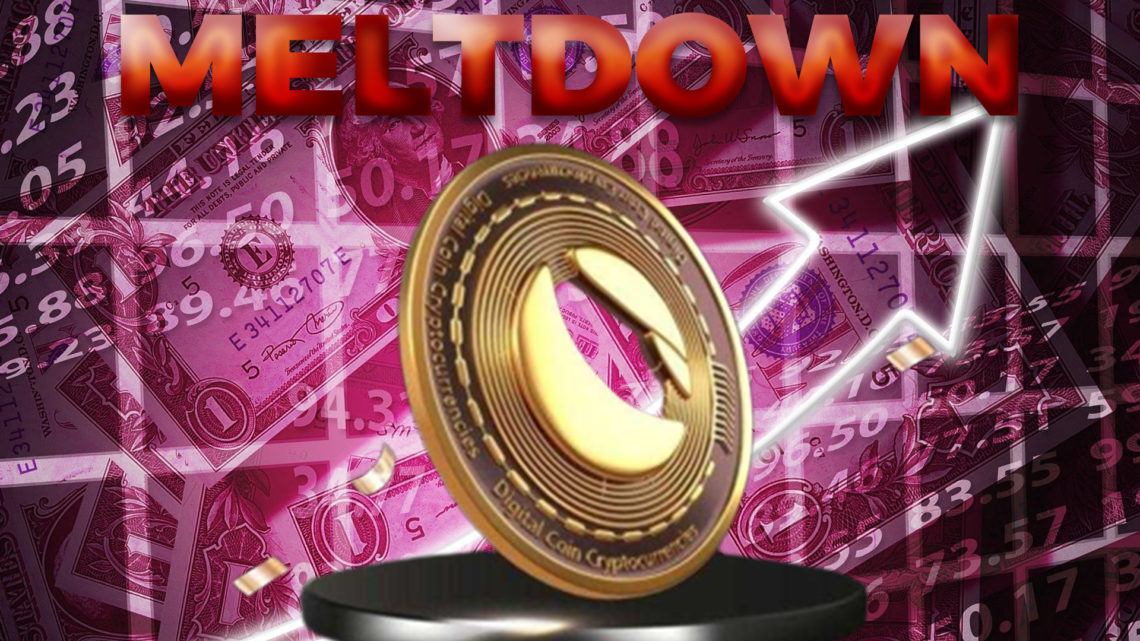As the stormy waters recede from this month’s crypto market bloodbath, one blockchain network has been washed onto land dead: Terra. The network’s co-founder, Do Kwon, has confiscated any try at restoring this chain to its former glory. He’s currently advocating to arduous fork and begin afresh with a unique cryptocurrency, an extremely questionable approach with no guarantees of convalescent worth to injured investors. What’s certain, however, is that neither TerraUSD (UST) nor the Luna governance token can ever recover. The previous now trades over 90% down from its meant greenback peg, whereas the latter has arguably suffered the most explosive and fulminant collapse within the history of the currency.
Stablecoins needs stable reserves
Stablecoins are designed to produce the most effective of each the new and recent money worlds: the decentralization and speed of cryptocurrency and therefore the worth stability of edict currency.
However, the foremost booming stablecoins obtainable without delay don’t use a completely “decentralized” model. Tether (USDT) value backs its stablecoin with non-decentralized, extremely liquid, stable assets (commercial paper, treasury bills, etc.). These reserves should be often audited by non-public firms to make sure that USDT is so totally backed and convertible.
TerraUSD, however, was Associate in Nursing algorithmic stablecoin. It followed another model whereby the token was programmatically backed by cryptocurrency – specifically Luna – rather than greenbacks.
Any UST holder may redeem their stablecoin for one dollar value of freshly minted Luna at any time. Conversely, Luna holders could continually burn their holdings reciprocally for a UST count adequate to the precise dollar value of Luna burned. This mechanism created helpful arbitrage incentives just like USDT, so the market value of the stablecoin could always send back to 1 dollar.
However, unlike USDT, the quality “backing” UST wasn’t nearly thus stable nor liquid as actual dollars. In different words, if several UST holders were to redeem their holdings at once, the worth of Luna may considerably decline once exchanges were flooded with excess supply.
In crypto industry, never follow the hype
simply because one thing features a high value doesn’t mean it’s a reliable investment. Don’t accept the “wisdom” of the greedy, optimistic mob to inform you wherever your cash ought to go. Do your own research.
now can not be stressed enough. In retrospect, Terra folded because of a blemished stabilization mechanism, open for all to look at and scrutinize from its outset. In fact, previous coins with similar stabilization models had already been tried – and failing – a few years ago.
Such details didn’t matter a lot of to most investors – nor did the remarkably high 20% yield offered to UST holders through Anchor protocol. Once given the chance to flee the flood before it happened, thousands of investors did not use due diligence.
Even trustworthy billionaires across the crypto community aped into Terra while not a second thought, inspiring additional to follow. Novogratz, who had a LUNA-themed Tattoo emblazoned across his arm in January, currently calls the design “a constant reminder that venture investment needs humility.”
This month’s events prove that even toughened investors recognize very little more about what’s safe in crypto than you do. They must not be relied upon.
We still lack decentralization
Terra’s devs pedaled tons of hoopla about making “decentralized money” for a “decentralized economy.” However, once push came to shove, the community discovered its extremely centralized and opaque governance structure underneath.
Between Do Kwon, Terraform Labs, and therefore the Luna Foundation Guard (LFG), the typical user control nearly no power throughout Terra’s final moments. The said parties created various hasty and monumental selections in an effort to rescue the network – all of that failing anyhow.
For example, on could 9th, Do Kwon and just six different members of the LFG voted to deploy $1.5 billion from its reserve pool to defend the worth of UST. The Guard then left the community with no updates till could 16th, once it explained that virtually all assets – together with 80,000 BTC – had been sold.
Furthermore, on could 12th, Terraform Labs collaborated with validators behind the scenes to freeze the Terra blockchain without warning. This was shunned community consent – ironically with the explicit goal to “prevent governance attacks.” For context, Terra’s chain solely has one hundred thirty validators.
Conclusion
Crypto is home to a possible revolution in money innovation. It additionally suffers from a gross lack of regulation, market manipulation, hacks, thefts, anonymity, lack of transparency, and a reckless FOMO culture.
The investors whom you’re thinking that recognize what they’re shopping for do not, in fact, no way more concerning crypto than you do. The developers who assured you that everything was in restraint may not, in reality, control the market around their stablecoin.
Take what you’ll be able to learn from Terra’s failure, and see if you can perceive the inner workings of your different crypto investments a touch a bit better. No one is doing the educational for you, and likewise, nobody can prevent if those investments fall apart.


 Home
Home News
News










